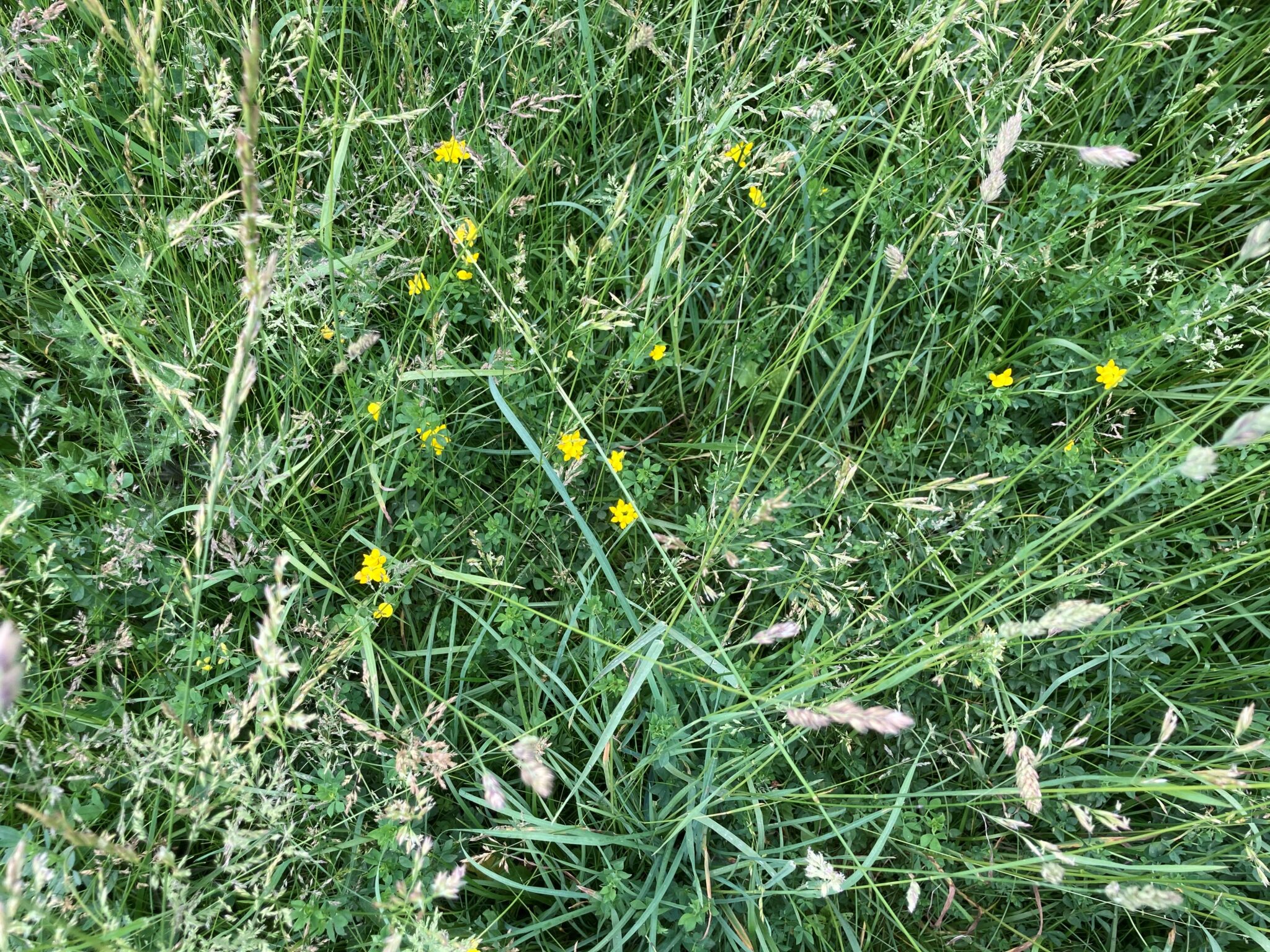
Perennial cool-season grass/legume pastures broke winter dormancy several weeks ago.


Perennial cool-season grass/legume pastures broke winter dormancy several weeks ago.
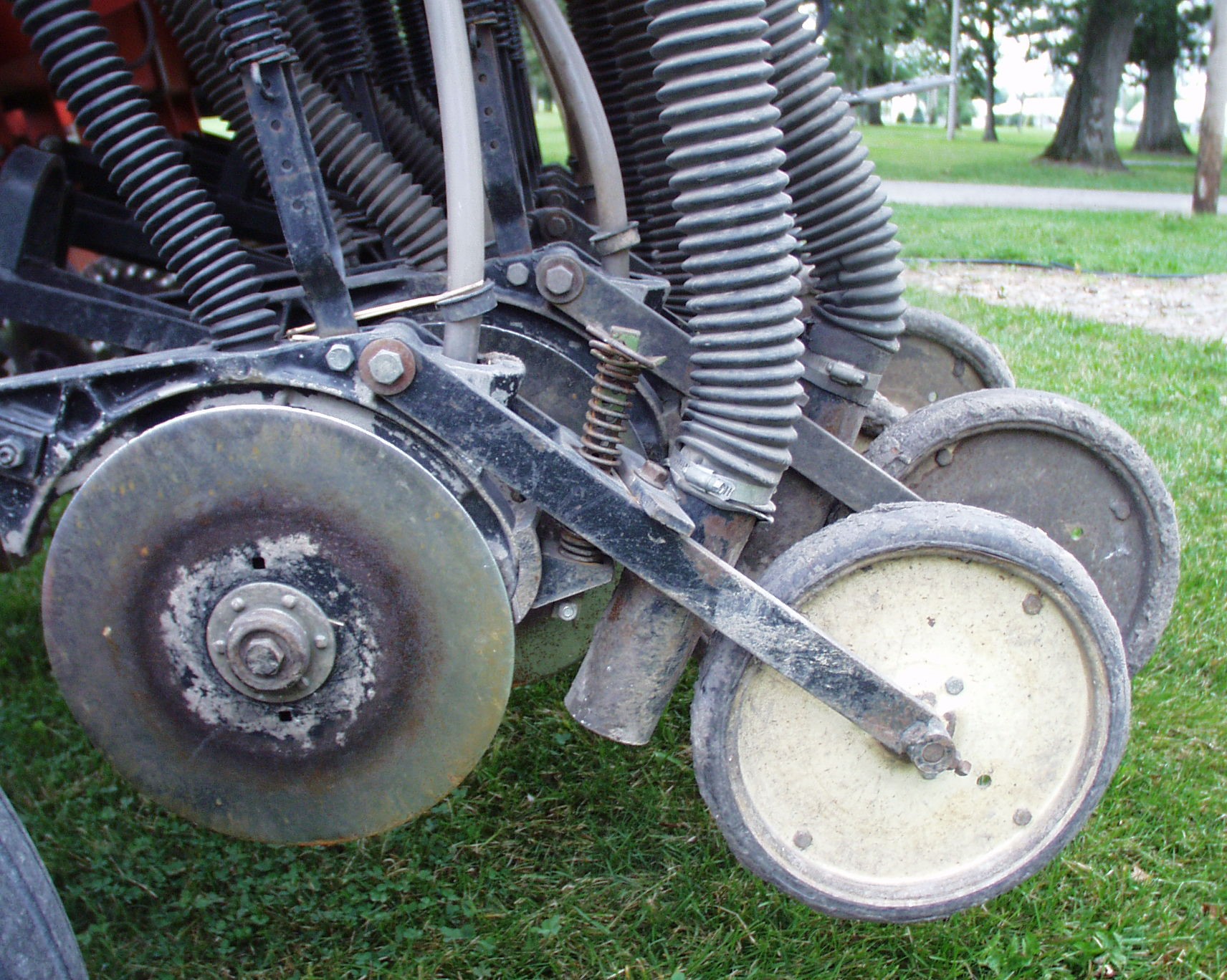
Have you ever seeded a pasture or hay field and still have seed in the back of your pickup truck or trailer that was meant to be in the soil upon completion of the seeding?
Purdue University Extension, in collaboration with the Indiana Forage Council, conducted a “Forage Forum Friday” webinar series that has many different topics related to forage crop production, utilization, and marketing.

Corn is an excellent silage crop. However, if corn harvested as silage has lost yield potential and forage quality the last several years because of tar spot, maybe an alternative to consider is forage sorghum.

Purdue University, in collaboration with the Indiana Forage Council, will be hosting educational webinars about forage production and utilization on Friday noon Eastern Time beginning December 3.
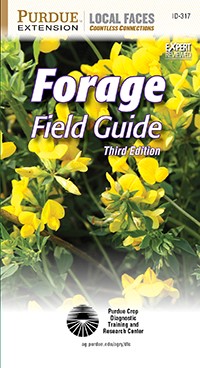
What have been your challenges with forage production and utilization in 2021?
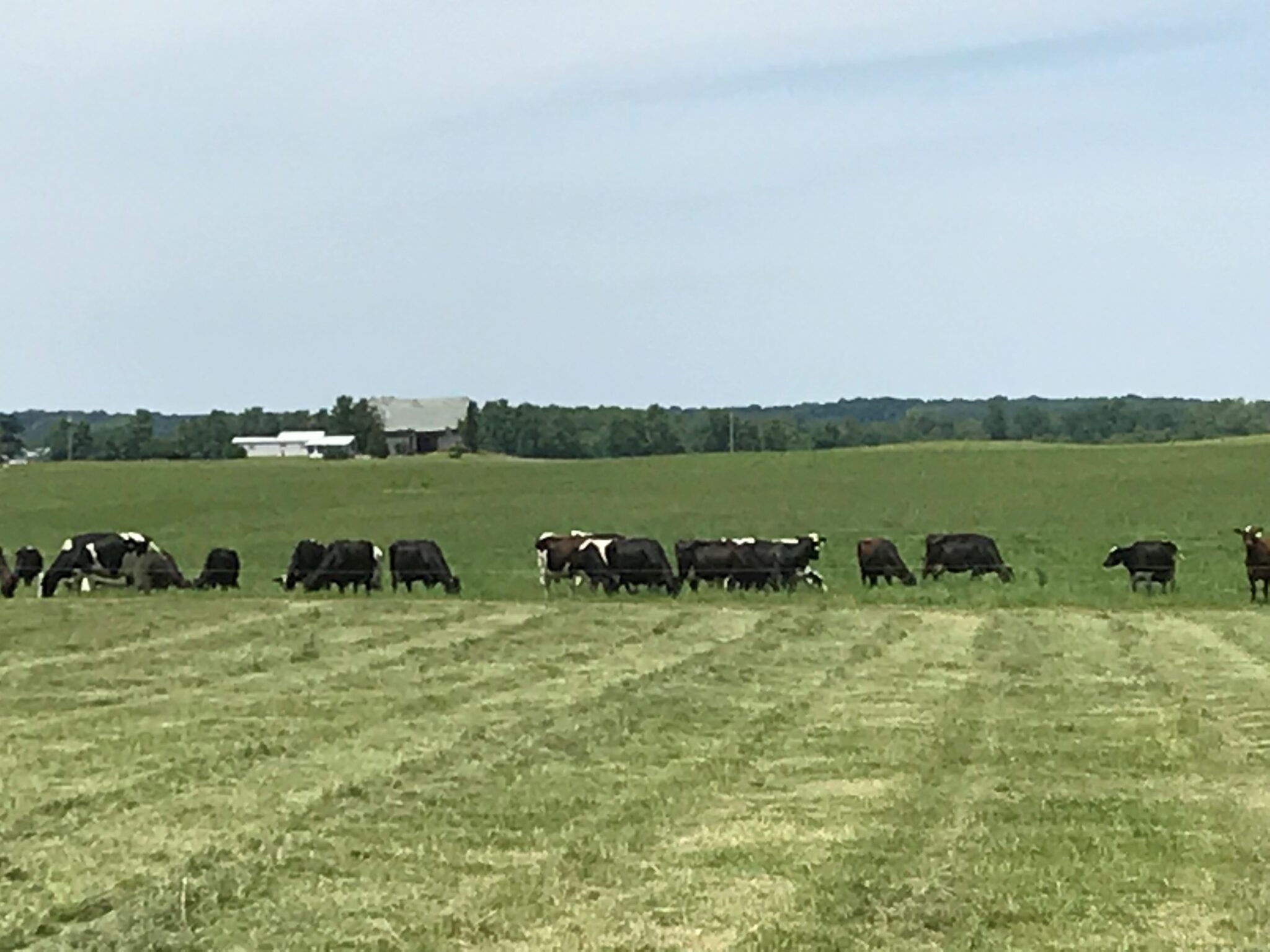
Managing pasture properly requires much skill, just like any agronomic crop.
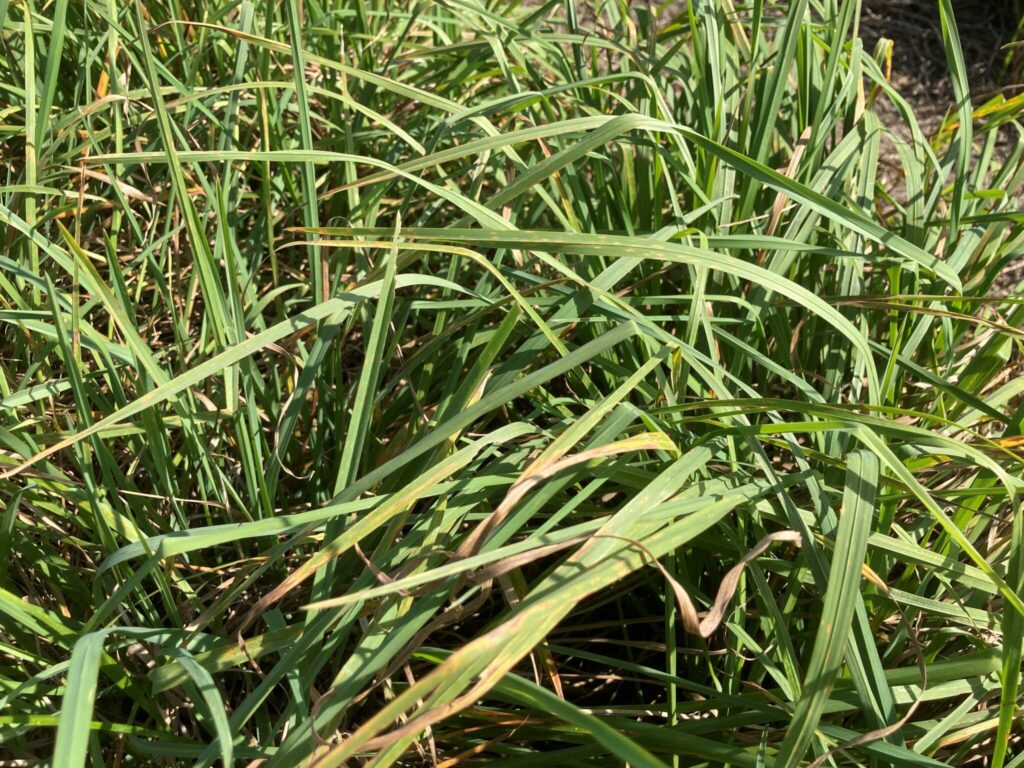
As the season transitions to fall, it is a good time to deliberate what should be done to improve your forage-livestock business.
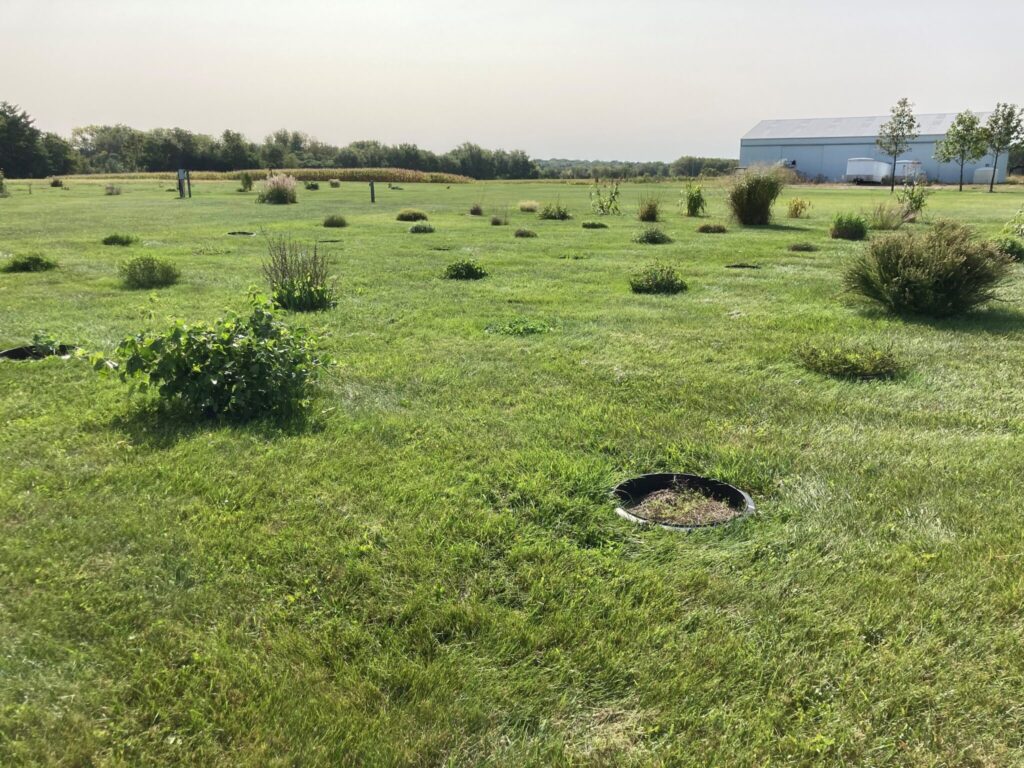
Plants are around us no matter where you live. I am challenged with plant identification as an agriculturalist and enjoy learning to identify plants that are not in production agriculture, too. This week I was asked to help a producer identify a weed growing in a recently seeded orchardgrass field. Purslane was the plant in question. An email request was shared this week with me about identifying plants in a pasture that may have caused several beef cattle deaths. Did poisonous plants or another concern cause cattle deaths? Learning how to identify plants is a worthy skill. Too many of us learned how to identify poison ivy from the unfortunate contact we had with it on a hike or learned how to identify it from someone else that felt itchy discomfort. Some individuals have taken an interest in foraging out food resources in the great outdoors. They took time to[Read More…]

Fall armyworm invasion was predicted in early August by Purdue University entomologists.
© 2025 Purdue University | An equal access/equal opportunity university | Copyright Complaints | Maintained by Pest&Crop newsletter
If you have trouble accessing this page because of a disability, please contact Pest&Crop newsletter at luck@purdue.edu.